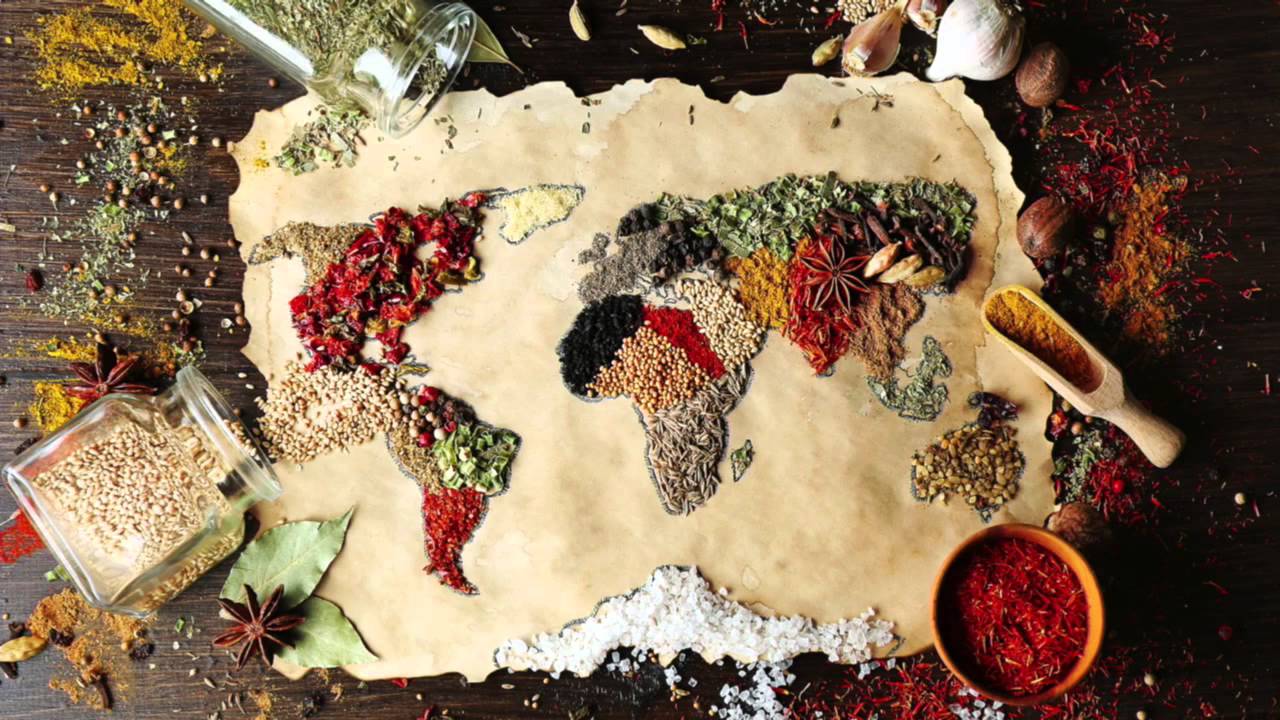AgriGo4Cities - UPA : What and Why?
05-12-2017
WHAT IS UA?
As suggested by RUAF Foundation , Urban Agriculture can be defined as the growing of plants and the raising of animals within and around cities. As such, Urban Agriculture is integrated into the urban economic and ecological system, which leads to the use of urban residents as labourers, the use of typical urban resources (like organic waste), direct links with urban consumers, direct impacts on urban ecology, being part of the urban food system, being influenced by urban policies and plans etc. Urban agriculture increases when the city grows.
The Actors
Large part of the people involved in urban agriculture is the urban poor, but one will often also find lower and mid-level government officials and school teachers, as well as richer people seeking a good investment for their capital. Women constitute an important part of urban farmers, since agriculture and the related processing and selling activities can often be more easily combined with other tasks in the household. It is however more difficult to combine it with urban jobs that require travelling to the town centre, industrial areas or to the houses of the rich.
The Location
UPA may take place inside the cities (intra-urban) or in the peri-urban areas. The activities may take place on the homestead (on-plot) or on land away from the residence (off-plot), on private land (owned, leased) or on public land (parks, conservation areas, along roads, streams and railways), or semi-public land (schoolyards, grounds of schools and hospitals).
The products
Urban agriculture includes food products, from different types of crops (grains, root crops, vegetables, fruits) and animals (poultry, rabbits, cattle, pigs, etc.) as well as non-food products (like herbs, ornamental plants, tree products, etc.) or combinations of these.
The economic activities
UPA includes agricultural production and the related processing and marketing activities, as well as input and services delivery by specialised micro-enterprises or NGOs.
In urban agriculture, production and marketing tend to be more closely interrelated in terms of time and space than for rural agriculture, thanks to greater geographic proximity and quicker resource flow.
The market
In most cities in developing countries, an important part of urban agricultural production is for self-consumption, with surpluses being traded. However, the importance of the market-oriented urban agriculture should not be underestimated: products are sold at the farm gate, in local shops, on local (farmers) markets or to intermediaries and supermarkets. Mainly fresh products are sold, but part is processed, cooked and sold on the streets, or processed and packaged for sale to one of the outlets mentioned above.
The technology
The technological level of the majority of urban agriculture enterprises in developing countries is still rather low. However, the tendency is towards more technically advanced and intensive agriculture and various examples of such can be found in all cities.
WHY UA?
The rapid urbanization that is taking place goes together with a rapid increase in urban poverty and urban food insecurity.
Urban agriculture provides a complementary strategy to reduce urban poverty and food insecurity: it enhances urban food security because the costs of supplying and distributing food to urban areas based on rural production and imports continue to increase and do not satisfy the demand, especially of the poorer sectors of the population.
Urban agriculture contributes to local economic development, poverty alleviation and social inclusion of the urban poor, as well as to the greening of the city and the productive reuse of urban wastes. The importance of urban agriculture is increasingly being recognised by international organisations like UN-Habitat and FAO.
The benefits
Contributions to urban food security and nutrition
Urban agriculture may improve both food intake (improved access to a cheap source of proteins) and the quality of the food (more fresh vegetables). UPA to a large extent complements rural agriculture and increases the efficiency of the national food system in that it provides products that rural agriculture cannot supply easily (e.g. perishable products, products that require rapid delivery upon harvest), that can substitute for food imports and can release rural lands for export production of commodities.
Economic impacts
Growing your own food saves household expenditures on food, since poor people in poor countries generally spend a substantial part of their income (50 – 70%) on food. Growing the relatively expensive vegetables therefore saves money as well as on bartering of produce. Selling produce (fresh or processed) brings in cash.
Moreover, urban agriculture stimulates the development of related micro-enterprises though the production of necessary agricultural inputs and the processing, packaging and marketing of outputs.
The municipality and sectoral organisations can play a crucial role in stimulating micro-enterprise development related to urban agriculture. For example, in Ecuador the municipality of Quito has provided marketplaces for urban farmers. The organic refuse left after a market day is collected by a women's group who compost the refuse to use in their own farms. A true win-win situation.
Social impacts
UPA may function as an important strategy for poverty alleviation and social integration. Several examples exist of municipalities or NGOs that have initiated urban agriculture projects that involve disadvantaged groups such as orphans, disabled people, women, recent immigrants without jobs, or elderly people, with the aim to integrate them into the urban network. The participants in the project may feel enriched by the possibility of working constructively, building their community, working together and in addition producing food and other products for consumption and for sale.
In more developed cities, urban agriculture may be undertaken for the physical and/or psychological relaxation it provides, rather than for food production per se. Also, urban and peri-urban farms may take on an important role in providing recreational opportunities for citizens or have educational functions.
Contributions to urban ecology
A growing city will produce more and more wastewater and organic wastes. For most cities the disposal of wastes has become a serious problem. Urban agriculture can help to solve such problems by turning urban wastes into a productive resource: compost allows an urban farmer to use less chemical fertilisers and by doing so preventing problems related to the contamination of groundwater. Compost-making initiatives create employment and provide income for the urban poor.
UPA may also positively impact the greening and cleaning of the city by turning derelict open spaces into green zones and maintaining buffer and reserve zones free of housing, with positive impacts on the micro-climate.
Together with urban forestry, UPA contributes to disaster risk reduction and adaptation to climate change by reducing runoff, keeping flood plains free from construction, reducing urban temperatures, capturing dust and CO2, while growing fresh food close to consumers reduces energy spent in transport, cooling, processing and packaging, whilst productive reuse of urban organic wastes and wastewater reduces methane emissions from landfills and energy use in fertilizer production.




